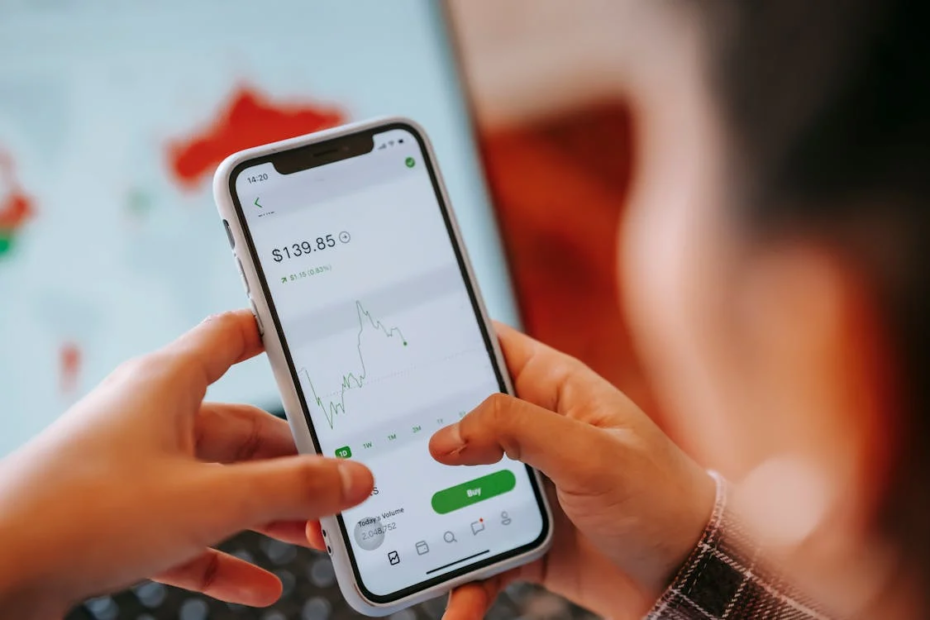Getting involved in crypto trading exposes you to various challenges such as market fluctuations, trading downtime, and errors. Neglecting to manage risk management in crypto trading effectively could lead to significant losses, potentially destroying your investment. Risk management strategies provide a framework for handling and reducing trading risk, acting as a shield against potential losses.
By following these guidelines, you maintain control over your losses and increase the likelihood of achieving your trading goals when combined with appropriate trading strategies. In the realm of cryptocurrencies, where enticing returns coexist with extreme unpredictability, it is essential to respect the nature of the market. Instead of unsuccessfully trying to eliminate risk, we must focus on mastering risk management techniques. This journey begins with understanding how to calculate crypto risks and translating market complexities into actionable insights.

Managing Risks in Cryptocurrency Trading: Key Considerations for Risk Management in Crypto Trading
Always remember never invest more than you are willing to lose, especially in the volatile realm
of cryptocurrencies, where rapid and steep fluctuations are common. It’s just common sense,
right? Keep a realistic view and don’t overexert yourself in the crypto market. Given its relentless
volatility, invest only what you can afford to lose. Before diving, take a moment to assess
whether the risks are in line with your risk tolerance.
Armed with strong risk management tactics, you can navigate the unpredictable crypto waters, leveraging risk to your advantage as you navigate your way. Unless you are extremely sure of the exact trade entry or exit point, it is generally wise to split orders into multiple trades around the desired zone.
For example, let’s say you intend to buy a token at $20, but analysis suggests it may drop to $16 before sentiment improves. To mitigate the risk of setting an entry price too low (missing out) or too high (reducing potential returns), consider splitting orders into different price levels. This strategy helps capture trades at optimal prices while reducing the impact of potential market fluctuations.
Why Is Risk Management Important in Crypto Trading?
Risk management is key in cryptocurrency trading. While exciting, the volatility and unpredictability of crypto markets can also create financial challenges. Traders may encounter deceptive activity or market conditions that cause hasty trading choices, increasing their risk exposure.

Participating in responsible trading involves maintaining tighter oversight of your trades and overall approach. Effective risk management serves as a buffer against market reversals caused by unforeseen events. It allows trade with increased caution and discipline, rather than giving in to impulsive reactions.
Why is risk management necessary?
Risk management is essential for traders to protect their capital from significant losses. This is especially important in the volatile cryptocurrency market, where price fluctuations can be drastic. Without proper risk management measures in place, you are vulnerable to significant risks. Effective risk management allows you to set limits on potential losses, ensuring that the poor performance of a single trade does not result in a catastrophic loss of capital. It gives you the control you need to navigate the unpredictable fluctuations of the crypto market.
Here are some key risk management strategies traders often
use in the crypto market:
Position Sizing: Involves assessing the suitable amount of capital to invest in each trade, considering your risk tolerance and the size of your trading account. This practice serves to restrict the potential loss incurred in each trade.
Stop Loss Orders: Setting predefined exit points to automatically sell a cryptocurrency if its price moves in the opposite direction. Stop-loss orders help limit losses and protect capital in case the market moves unfavorably.
Diversification: Spreading investments across different cryptocurrencies or assets to reduce overall risk exposure. Diversification can help mitigate the impact of adverse price movements on any individual asset.
Risk-Reward Ratio: Assessing the potential reward versus the risk of a trade before entering it. Traders often aim for a favorable risk-to-reward ratio, where the potential reward outweighs the risk taken.
Risk assessment: Continuous assessment of market conditions, news, and technical indicators to assess the level of risk associated with each trade. This aids in making well-informed choices and adapting strategies accordingly.
Emotional Discipline: Keeping emotions such as fear and greed under control while trading. Emotional discipline prevents impulsive decision-making and ensures adherence to a predetermined risk management plan.
Capital preservation: Prioritizing capital preservation over the pursuit of high returns. Traders should strive to preserve their trading capital by avoiding excessive risk-taking and focusing on consistent, sustainable profits.
Regular review and adjustments: Regular review and adjustment of risk management strategies based on developing market conditions, trading performance, and personal risk tolerance.
By implementing these risk management strategies, traders can better navigate the
uncertainties of the crypto market and improve their chances of long-term success while
minimizing potential losses.
Reference list:
● Risk Management in Crypto Trading: Essential Techniques for Mitigating Risks
● Crypto Trading Risk Management: How to Mitigate Risk Exposure
● Crypto risk management
● Risk Management in Crypto Trading: Balance Risk & Reward Like a Pro
● Effective risk management in Crypto Trading
